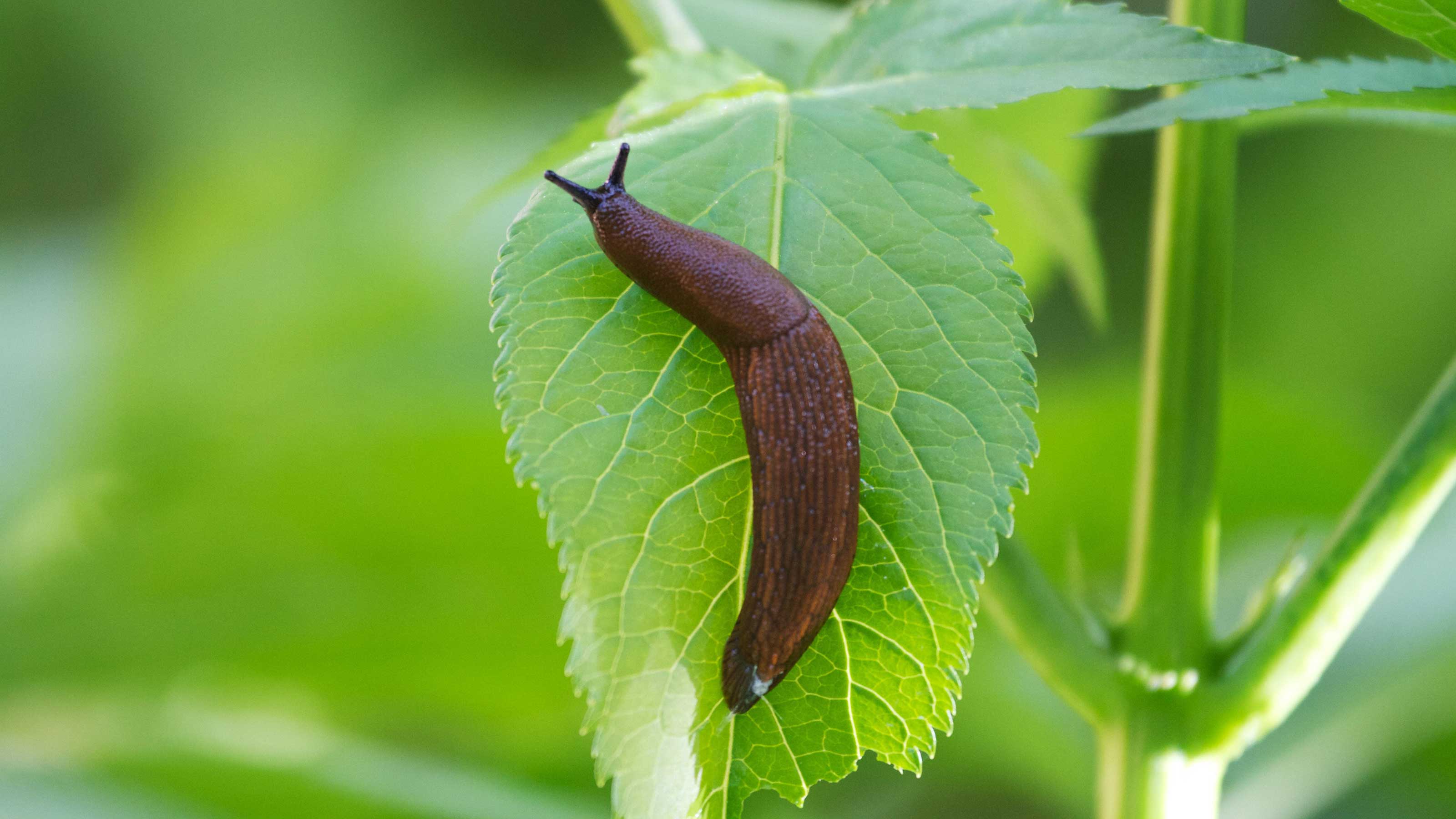

Articles
How To Get Rid Of Slugs In The Garden
Modified: January 20, 2024
Learn effective methods for getting rid of slugs in your garden with these helpful gardening tips. Keep your plants protected and thriving!
(Many of the links in this article redirect to a specific reviewed product. Your purchase of these products through affiliate links helps to generate commission for Storables.com, at no extra cost. Learn more)
Introduction
Welcome to the wonderful world of gardening! Many gardeners find solace and joy in tending to their plants, watching them grow, and enjoying the bountiful fruits of their labor. However, every garden faces its fair share of challenges, and one of the most common ones is dealing with slugs. Slugs, those slimy creatures that seemingly appear out of nowhere, can wreak havoc on your beautiful garden if left unchecked.
Understanding and effectively dealing with slugs is a crucial skill for any gardener. These non-segmented, soft-bodied mollusks are part of the Gastropoda class and can be found in almost every corner of the world. They thrive in moist environments and are most active during cool, damp evenings, making them a menace in gardens, especially during the spring and fall seasons.
Slugs have a notorious appetite for a wide range of plants, including vegetables, flowers, herbs, and even fruits. Their feeding habits can cause significant damage to the foliage, stems, and fruits of your beloved plants. To maintain a healthy and thriving garden, it’s important to take proactive measures to control slug populations and minimize their impact.
In this article, we will explore different methods and strategies for getting rid of slugs in your garden. From natural control methods to organic repellents and companion planting, we will cover everything you need to know to protect your garden from these slimy invaders.
It’s worth mentioning that while slugs can be a nuisance, they also play a role in the ecosystem as decomposers. So, it’s important to find a balance between controlling slug populations and maintaining a healthy garden ecosystem.
So, take a deep breath, put on your gardening gloves, and let’s dive into the fascinating world of slug control!
Key Takeaways:
- Embrace natural slug control methods like handpicking, barriers, and attracting predators to create a garden environment that deters slugs and protects your plants without harmful chemicals.
- Incorporate organic slug repellents and companion planting to create a resilient garden ecosystem that naturally deters slugs and minimizes damage to your plants.
Read more: How To Get Rid Of Garden Grubs
Understanding Slugs
Before we delve into the various methods of controlling slugs in your garden, it’s important to have a basic understanding of these slimy creatures. Slugs belong to the mollusk family and are closely related to snails. However, unlike snails, slugs lack a protective shell, making them more challenging to control.
Slugs are cold-blooded creatures that thrive in moist environments. They are most active during cool, damp weather, especially in the evenings and during the night. These nocturnal creatures use their muscular foot to glide along surfaces, leaving behind a silvery trail of mucus.
One of the distinguishing features of slugs is their voracious appetite. They feed on a wide range of plant material, including leaves, flowers, stems, and fruits. Their feeding habits can cause extensive damage to the aesthetics and health of your plants.
Slugs reproduce by laying eggs in moist soil or plant debris. Each slug can lay hundreds of eggs during its lifetime, which can hatch into tiny, hungry slugs within a few weeks. This rapid reproduction cycle is one of the reasons why slug control requires ongoing effort to prevent infestations.
While slugs are known for their nocturnal feeding habits, they can also be active during the day in shady and moist areas. They prefer to hide in cool, damp spots such as under rocks, mulch, or organic debris. Understanding their preferred hiding spots and feeding patterns can help you develop effective control strategies.
It’s essential to distinguish slugs from their close relatives, snails. Snails have a shell that provides them with protection. However, slugs can be just as destructive, if not more, due to their ability to squeeze through small openings in fences, netting, or even gaps in doorways.
Now that we have a better understanding of slugs and their behaviors, let’s move on to identifying the damage they can cause in your garden and the importance of early detection and prevention.
Identifying Slug Damage
As an avid gardener, it’s important to be able to identify the telltale signs of slug damage. By recognizing the effects of their feeding habits, you can take prompt action to control slugs before they cause extensive harm to your plants.
One of the most common signs of slug damage is the presence of irregularly shaped holes or chewed edges on leaves. Slugs have rasping mouthparts that leave behind jagged and ragged marks on plant foliage. They tend to target young, tender leaves and can quickly decimate the foliage of vulnerable plants.
Another telltale sign of slug activity is the presence of slimy trails. As slugs move across surfaces, they secrete a mucus-like substance, leaving behind shiny trails that are often visible on leaves, stems, and the ground. These trails can provide valuable clues about the presence and movement of slugs in your garden.
Slugs are particularly fond of seedlings and young plants, so keep an eye out for any signs of damage on newly emerging shoots and delicate stems. Slugs can completely devour tender plants, leaving only stubs or collapsed stems behind.
In addition to foliage damage, slugs can also target fruits and flowers. They may leave small, shallow holes in fruits or eat away at petals. This can affect the aesthetics of your garden and reduce the yield of fruit-bearing plants.
It’s also important to keep an eye out for the presence of slugs themselves. Due to their nocturnal and secretive nature, you may not always see them during the day. However, venturing out into your garden in the evening with a flashlight can reveal their presence. Look for slugs crawling along the ground, hiding under leaves, or congregating in damp areas.
By being vigilant and actively scouting for signs of slug damage, you can identify infestations early on and implement appropriate control measures before the damage becomes severe.
Now that we know how to identify slug damage, it’s time to explore different methods of controlling these garden pests.
Natural Slug Control Methods
When it comes to controlling slugs in your garden, there are several natural methods that can be effective without resorting to harmful chemicals. These methods focus on creating unfavorable conditions for slugs or deterring them from your precious plants.
1. Handpicking: One of the simplest and most effective ways to control slugs is to physically remove them from your garden. Head out during the early morning or evening hours when slugs are most active, and carefully pick them off leaves, stems, or the ground. Remember to wear gloves to avoid direct contact with the slugs and dispose of them in a bucket of soapy water or relocate them away from your garden.
2. Egg hunting: Slugs lay their eggs in moist soil or plant debris, so keep an eye out for clusters of small, round eggs. By removing their eggs, you can reduce the future slug population in your garden.
3. Copper barriers: Slugs dislike crossing copper surfaces due to a reaction between their mucus and copper, which gives them a mild electric shock. Place strips of copper tape or create barriers using copper mesh around susceptible plants to deter slugs from reaching them.
4. Diatomaceous earth: Diatomaceous earth is a natural powder made from fossilized algae. Sprinkle a thin layer around plants vulnerable to slug damage. When slugs come into contact with the powder, it absorbs their moisture and causes them to dry out, effectively killing them.
5. Nematodes: Nematodes are microscopic organisms that parasitize slugs and control their population. These beneficial organisms can be purchased as a biological control method and applied to the soil. Nematodes actively seek out and infect slugs, providing long-term control.
6. Gritty barriers: Slugs find it difficult to crawl over rough or abrasive surfaces. Creating barriers using materials like crushed eggshells, sand, or gravel around plants can help deter slugs from reaching them.
7. Seaweed mulch: Mulching with seaweed around your plants can deter slugs. The salt content in seaweed creates an uncomfortable environment for slugs and can act as a barrier. Additionally, seaweed mulch enriches the soil with nutrients as it breaks down.
Remember, these natural control methods may require ongoing effort and regular application, especially after rainfall or heavy watering. Combination approaches are often more effective, so feel free to experiment and find the best combination that works for your garden.
In the next section, we will explore other strategies for controlling slugs, such as creating barriers and attracting natural predators.
Creating Barriers
Creating physical barriers is an effective method to protect your plants from slugs. By blocking their access to vulnerable areas, you can significantly reduce slug damage in your garden.
1. Copper tape or banding: As mentioned earlier, slugs dislike crossing copper surfaces. Utilize copper tape or create bands of copper around pots, raised beds, or individual plants. The reaction between their slime and the copper acts as a deterrent, preventing slugs from reaching your plants.
2. Collars: Protect seedlings and young plants by placing collars around them. You can use materials like plastic cups with the bottom removed or cut-up PVC pipes. Push the collars into the soil around the base of the plant to create a barrier that slugs cannot crawl over.
3. Vertical barriers: Use materials like copper flashing or plastic edging to create vertical barriers around your garden beds or individual plants. Ensure the barrier is at least 4 inches high and protrudes a few inches above the soil surface to prevent slugs from climbing over.
4. Netting and mesh: Cover vulnerable plants with fine netting or mesh to create a physical barrier. This method is particularly useful for protecting vegetables and fruits. Ensure the netting is securely fastened to prevent slugs from crawling underneath.
5. Slug collars: These specialized collars are available in gardening stores and are designed to fit around individual plants. They create a barrier that prevents slugs from reaching the plant’s base and foliage.
When implementing barriers, it’s important to regularly inspect and maintain them. Slugs are persistent creatures and may attempt to find small openings or gaps in the barriers. Make sure the barriers are in good condition, secure, and cover the entire perimeter of the protected area.
Combining barrier methods with other slug control strategies, such as natural predators and organic repellents, can provide a comprehensive defense against slugs in your garden.
In the next section, we will explore how to attract natural predators that can help control slug populations.
Read more: How To Get Rid Of Mushrooms In The Garden
Attracting Natural Predators
Harnessing the power of natural predators is an effective and eco-friendly way to control slugs in your garden. By attracting these beneficial creatures, you can create a natural balance and reduce slug populations without relying on harmful chemicals.
1. Encourage birds: Birds are natural slug predators. By providing bird feeders, bird baths, and birdhouses, you can attract insectivorous bird species like thrushes, blackbirds, and robins that feed on slugs and other garden pests. Planting shrubs and trees that offer nesting sites and cover can also help create a bird-friendly habitat.
2. Wetland and water features: Creating a small wetland area or water feature in your garden can attract amphibians like frogs, toads, and newts. These amphibians feed on slugs and are excellent natural predators. Provide hiding spots and shelter near the water feature to encourage their presence.
3. Hedgehogs: Hedgehogs are nocturnal creatures that feed on slugs, snails, and other garden pests. Encourage hedgehogs by providing shelter, such as log piles or hedgehog houses, and avoid using slug pellets or other potentially harmful chemicals that can affect their health.
4. Ground beetles: Ground beetles are beneficial insects that prey on slugs during both their larval and adult stages. To attract ground beetles, provide ground-level shelter like leaf piles, log piles, or rocks. Avoid disturbing or tilling the soil excessively, as this can disrupt their habitats.
5. Ducks or chickens: If you have space and the appropriate conditions, consider keeping ducks or chickens in your garden. These poultry birds will happily forage for slugs, snails, and other pests, helping to keep their populations in check.
It’s important to create a diverse and wildlife-friendly garden to attract a variety of natural predators. By providing food, water, shelter, and minimizing the use of harmful chemicals, you can encourage a healthy ecosystem where slug predators thrive.
In the next section, we will explore the popular method of using beer traps to control slugs.
To get rid of slugs in the garden, try placing a barrier of crushed eggshells or copper tape around plants to deter them from crossing. Slugs dislike the sharp edges of eggshells and the electric charge of copper.
Beer Traps
Beer traps are a popular and effective method for controlling slugs in the garden. Slugs are attracted to the scent of beer and are lured into the trap, where they ultimately meet their demise.
The process of setting up a beer trap is simple:
1. Choose a container: Select a shallow container, such as a plastic cup or a small saucer, that is deep enough for slugs to crawl into but with steep sides to prevent them from escaping.
2. Bury the container: Dig a small hole in the ground near affected plants and sink the container into the soil so that the rim is level with the ground. This allows slugs to crawl into the trap easily.
3. Fill with beer: Pour beer into the container until it is about halfway full. Slugs are attracted to the yeast and sugar in the beer and will be drawn to it.
4. Check and empty: Check the beer trap regularly, especially in the morning, as slugs are most active at night. Remove any trapped slugs by disposing of them in a bucket of soapy water or by relocating them away from your garden. Refill the trap with fresh beer as needed.
Keep in mind that beer traps are most effective when placed strategically around susceptible plants or areas where slugs are prevalent. It’s recommended to use a cheap, non-alcoholic beer, as slugs are attracted to the scent rather than the alcohol content.
While beer traps can be an effective method, they may not eliminate all slugs in your garden. Using beer traps in combination with other control methods, such as creating barriers and attracting natural predators, can provide more comprehensive slug control.
In the next section, we will explore the importance of removing slug habitats and making your garden less hospitable to these slimy pests.
Removing Slug Habitats
Removing slug habitats is a crucial step in controlling slug populations in your garden. By eliminating their hiding spots and creating a less favorable environment, you can discourage slugs from taking up residence and causing damage to your plants.
1. Organic debris: Slugs thrive in moist, organic matter such as fallen leaves, mulch, and rotting plant debris. Regularly clean up and remove these materials from your garden beds. Keeping your garden tidy and free of excessive organic debris will make it less appealing to slugs and limit their breeding grounds.
2. Weeds and tall grass: Slugs seek shelter in dense vegetation, weeds, and tall grasses. By regularly weeding your garden and keeping the grass trimmed, you eliminate potential hiding places for slugs to hide during the day.
3. Moisture control: Slugs thrive in moist environments, so it’s essential to manage moisture levels in your garden. Avoid overwatering and allow the soil to dry out slightly between waterings. Use drip irrigation or water plants at the base to minimize moisture on the surface, reducing slug activity.
4. Plant spacing: Proper plant spacing allows for better airflow and reduces moisture buildup, making it less attractive for slugs. Avoid overcrowding plants, as this creates favorable conditions for slugs to move between plants and feed on foliage.
5. Raised beds or containers: Consider using raised beds or containers for your garden. Slugs have difficulty crawling up elevated surfaces, reducing their access to your plants. Additionally, raised beds allow for better drainage, decreasing moisture levels and making it less hospitable for slugs.
6. Slug-proof composting: If you have a compost pile or bin, make sure it is enclosed or has a tight-fitting lid to prevent slugs from accessing the decomposing material. Avoid adding fresh plant material heavily infested with slugs, as they can continue to breed and multiply in the compost pile.
By removing slug habitats and making your garden less appealing to these pests, you can significantly reduce slug populations and protect your plants from damage. However, it’s important to remember that complete eradication of slugs is unlikely, so continued vigilance and integrated control methods are necessary.
In the next section, we’ll explore organic slug repellents that can provide an additional layer of defense against slugs in your garden.
Organic Slug Repellents
Using organic slug repellents can be an effective way to deter slugs from your garden. These natural solutions create an inhospitable environment or emit scents that slugs find unappealing, ultimately discouraging them from feasting on your plants.
1. Coffee grounds: Sprinkling coffee grounds around the base of plants can act as a barrier and repel slugs. Coffee grounds also add organic matter to the soil, benefiting your plants in multiple ways.
2. Eggshells: Crushed eggshells act as a physical barrier and have sharp edges that slugs dislike crawling over. Create a protective circle around plants by sprinkling crushed eggshells on the soil surface.
3. Copper wire or pennies: Placing a strip of copper wire or a few copper pennies around the base of plants can deter slugs. The reaction between their slime and the copper creates a mild electric shock that repels them.
4. Garlic spray: Create a homemade garlic spray by blending garlic cloves with water and straining the mixture. Dilute the resulting liquid and spray it on affected plants. The strong scent of garlic acts as a deterrent for slugs.
5. Neem oil: Neem oil is a natural insecticide and repellent that can be effective against slugs. Mix neem oil with water and spray it on foliage to create a repellent barrier. Be sure to follow the instructions on the product label for proper dilution and application.
6. Mint or lavender plants: Planting mint or lavender around susceptible areas can repel slugs due to their strong scent. These aromatic herbs create an unpleasant environment for slugs, encouraging them to stay away.
It’s important to note that organic slug repellents provide varying levels of effectiveness and may require regular reapplication, especially after rainfall or heavy watering. They work best as part of an integrated pest management approach, alongside other control methods like barriers and cultural practices.
Remember, healthy plants are better equipped to withstand slug damage, so maintaining proper soil nutrition, providing adequate sunlight, and practicing good garden hygiene are essential for the overall health and resilience of your garden.
In the next section, we’ll explore the concept of companion planting and how it can help deter and control slugs.
Read more: How To Get Rid Of Garden Weeds
Companion Planting
Companion planting is a gardening technique that involves strategically placing plants together to maximize their mutual benefits. When it comes to slug control, certain companion plants can help deter slugs and protect your prized plants from their voracious appetites.
1. Herbs: Many herbs have natural repellent properties that can deter slugs. Planting herbs like rosemary, thyme, sage, and oregano around susceptible plants can create a barrier slugs find unappealing. Additionally, the strong scents of these herbs can confuse and repel slugs.
2. Alliums: Plants from the allium family, such as onions, garlic, and chives, are known to repel slugs. Interplanting alliums with susceptible plants can provide a natural slug deterrent. The pungent odor emitted by these plants is effective in keeping slugs at bay.
3. Strong-smelling flowers: Certain flowers have fragrances that slugs find repulsive. Planting flowers like marigolds, geraniums, or lavender around vulnerable plants can help deter slugs. The strong scents of these flowers act as a natural repellent.
4. Ferns and coarse-textured plants: Slugs prefer smooth, tender foliage, so planting ferns or plants with coarse leaves can make it more difficult for them to feed. Ferns, hostas, and plants with hairy or rough leaves can create an unfavorable surface for slugs.
5. Companion plant trap crops: Some plants, like lettuce or cabbage, are particularly attractive to slugs. By planting these trap crops away from your main garden area, you can divert slugs’ attention and protect your desired plants. Monitor and remove the slugs infesting the trap plants regularly.
Companion planting provides a natural and environmentally friendly approach to slug control. By integrating slug-repellent plants into your garden design, you can create a more resilient ecosystem that naturally discourages slugs from causing damage.
Remember, companion planting is just one tool in your arsenal against slugs. It is most effective when combined with other methods, such as barrier techniques, natural predation, and cultural practices.
Now that we have explored various methods to control slugs in your garden, it’s time to put these strategies into action and enjoy a slug-free garden full of vibrant and healthy plants.
Best of luck, and happy gardening!
Conclusion
Controlling slugs in the garden is a common challenge for many gardeners, but with the right knowledge and strategies, it is possible to keep these slimy pests at bay. Understanding slugs’ behavior and identifying the signs of their damage is the first step in effective control.
By utilizing a combination of natural slug control methods, you can create a garden environment that is less attractive to slugs and discourages them from feasting on your plants. Handpicking, creating barriers, attracting natural predators, using beer traps, removing slug habitats, applying organic slug repellents, and practicing companion planting are all valuable techniques to incorporate into your slug control toolbox.
It’s important to remember that complete eradication of slugs is unlikely, but by implementing these methods consistently and regularly, you can significantly reduce slug populations and minimize the damage they cause.
Maintaining good garden hygiene, providing proper plant spacing, and optimizing growing conditions for your plants can also play a role in preventing slug infestations. A healthy and resilient garden is better equipped to withstand slug damage.
As an environmentally conscious gardener, it’s important to prioritize organic and eco-friendly slug control methods over harmful chemicals. By utilizing natural control methods, you not only protect your plants but also contribute to the overall health and balance of the garden ecosystem.
Remember to observe and monitor your garden regularly, especially during the evening and early morning when slugs are most active. This allows you to catch and address slug infestations before they become severe.
With patience, perseverance, and a well-rounded approach to slug control, you can create a beautiful and bountiful garden that is free from the damage caused by slugs. Enjoy the fruits of your labor and the satisfaction of maintaining a slug-free oasis where your plants can thrive.
Happy gardening!
Frequently Asked Questions about How To Get Rid Of Slugs In The Garden
Was this page helpful?
At Storables.com, we guarantee accurate and reliable information. Our content, validated by Expert Board Contributors, is crafted following stringent Editorial Policies. We're committed to providing you with well-researched, expert-backed insights for all your informational needs.
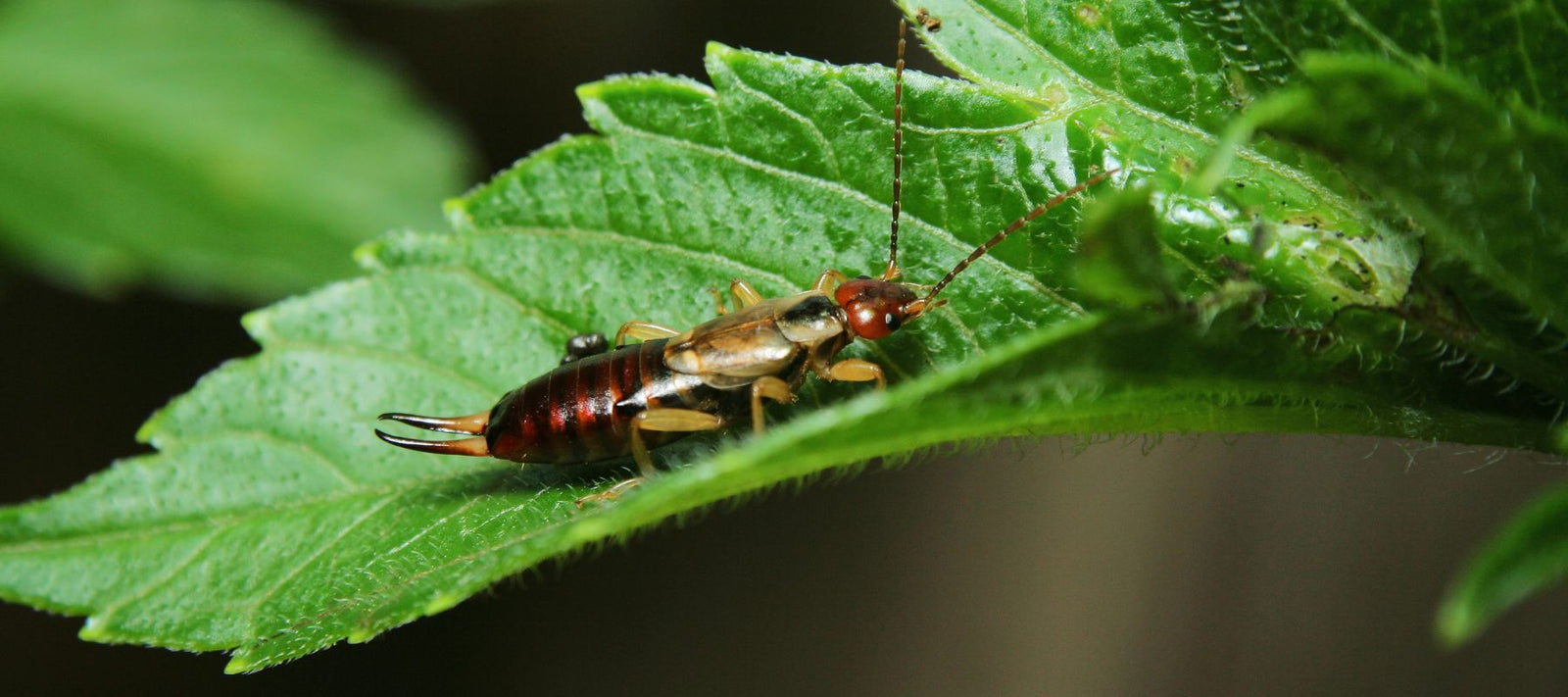
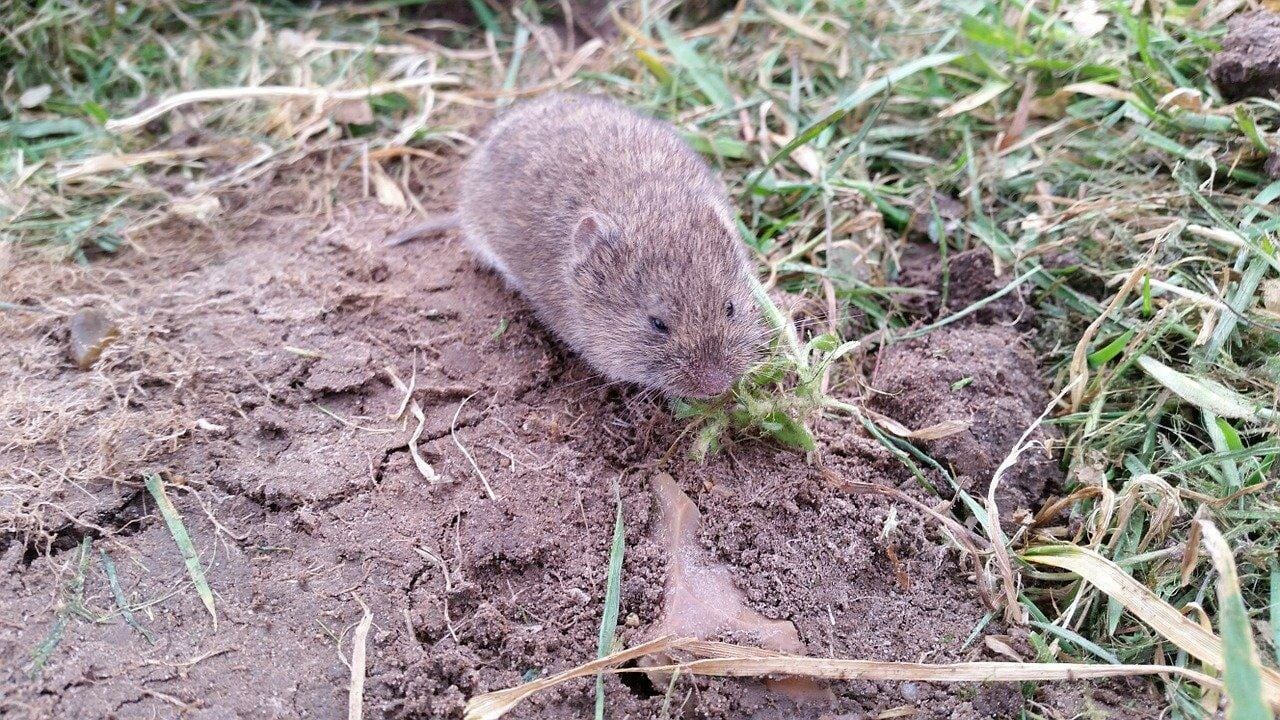
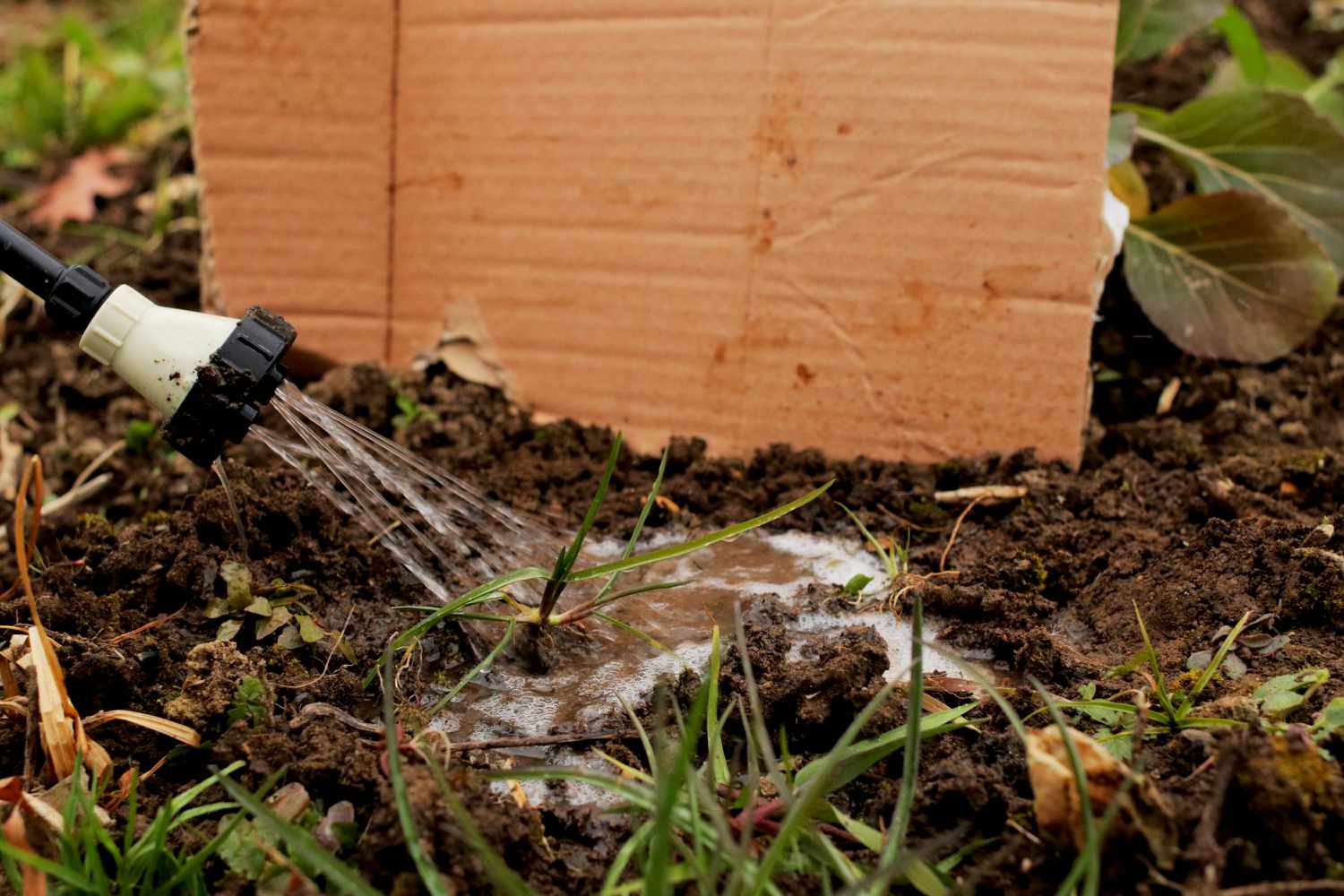
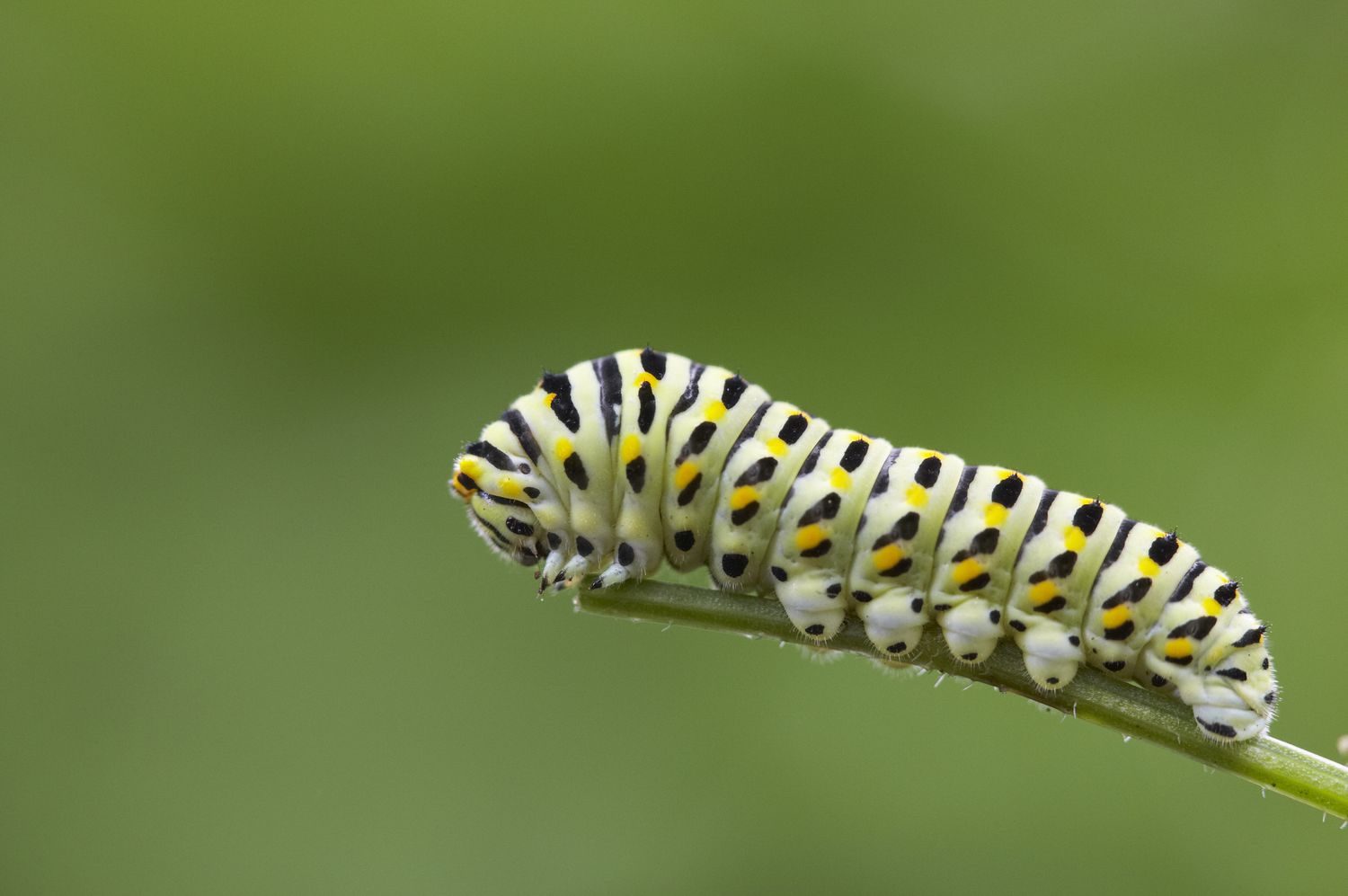
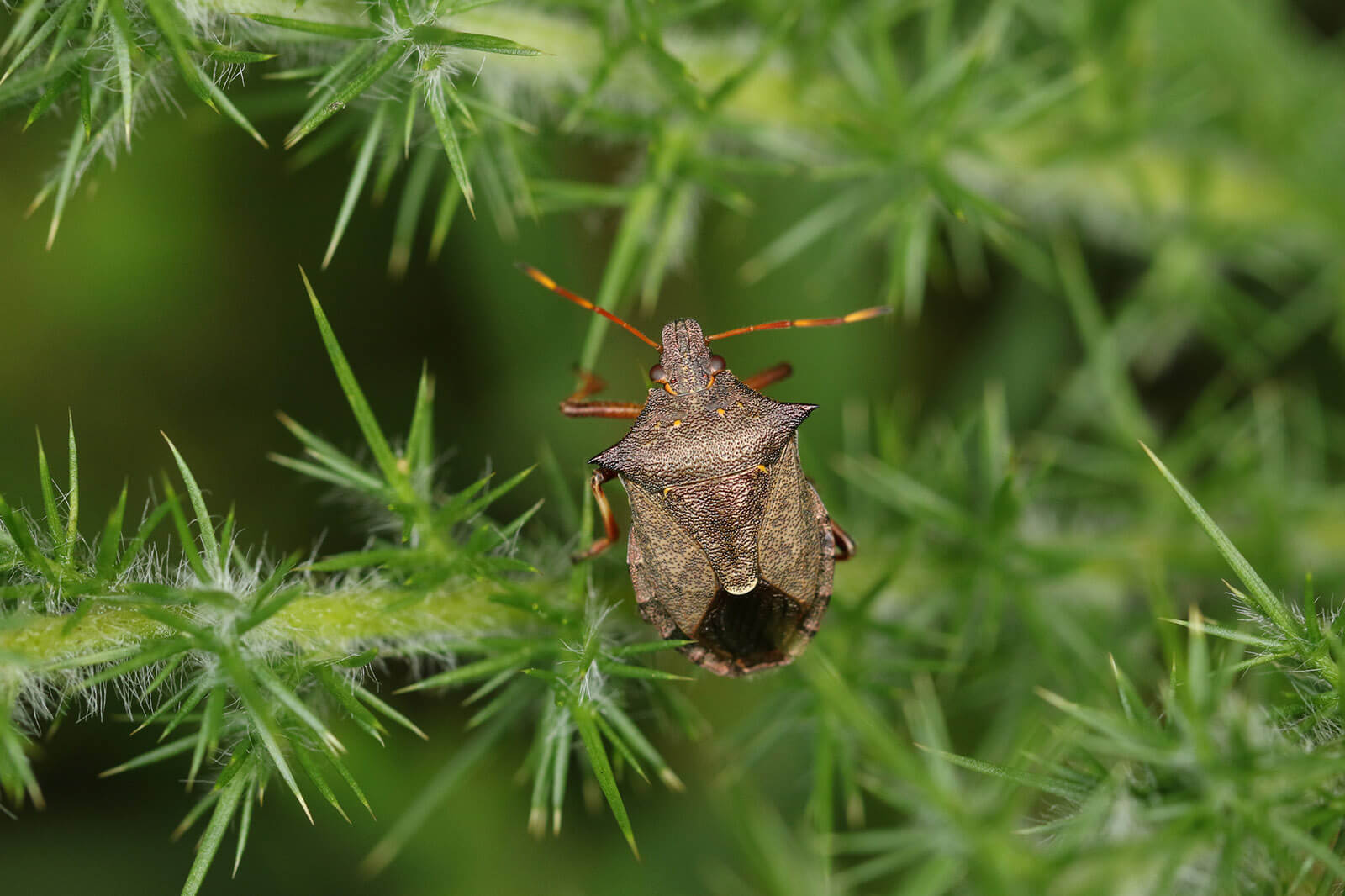





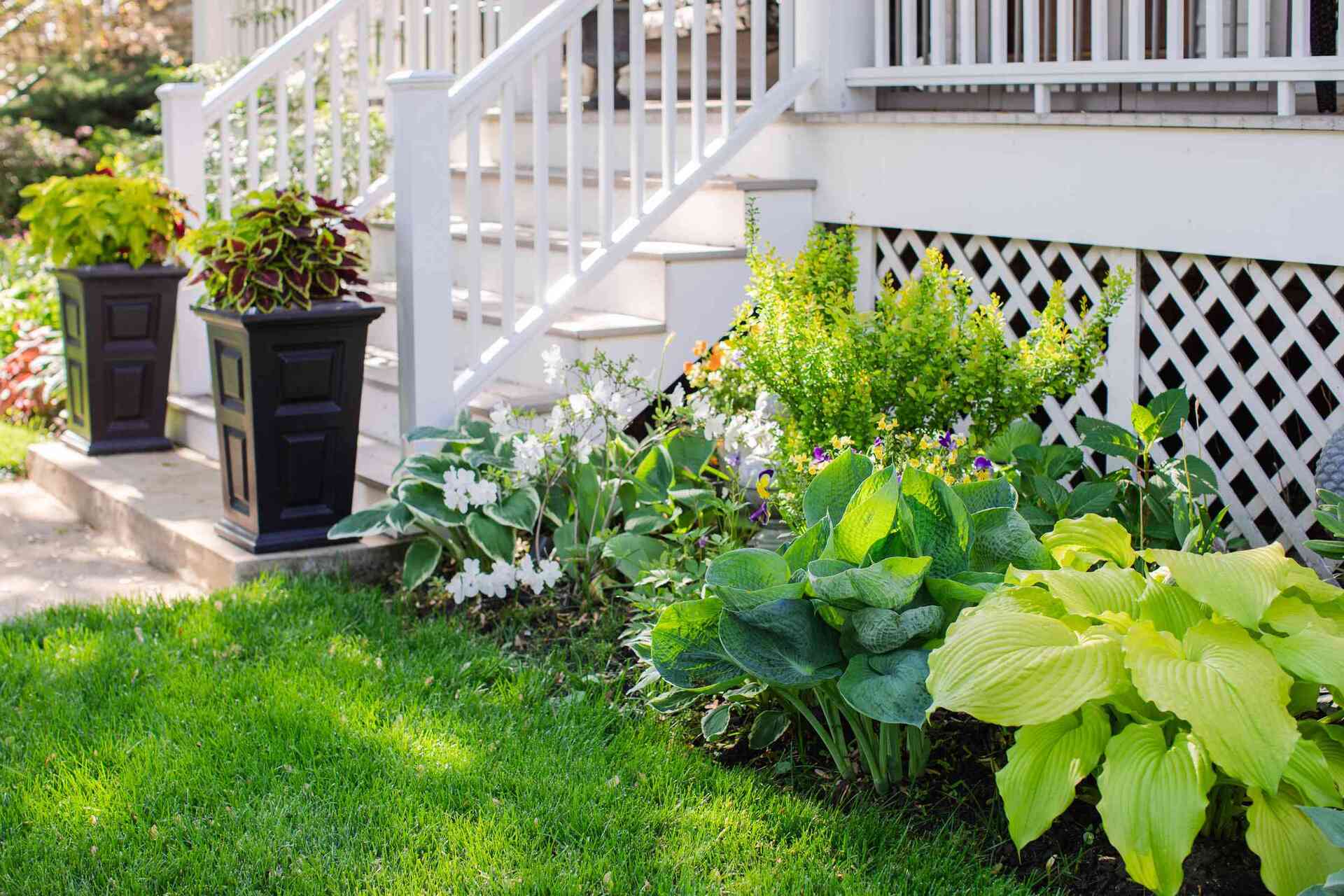

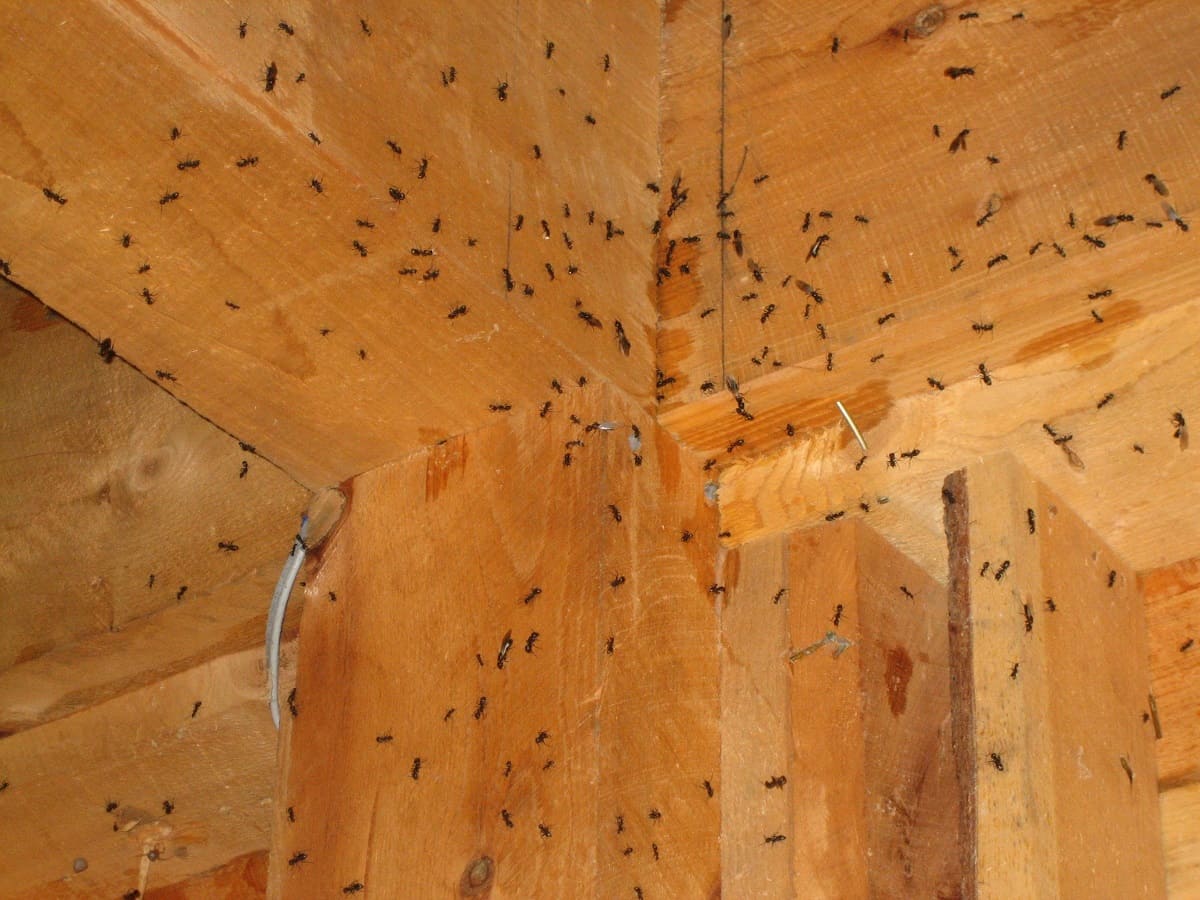

0 thoughts on “How To Get Rid Of Slugs In The Garden”